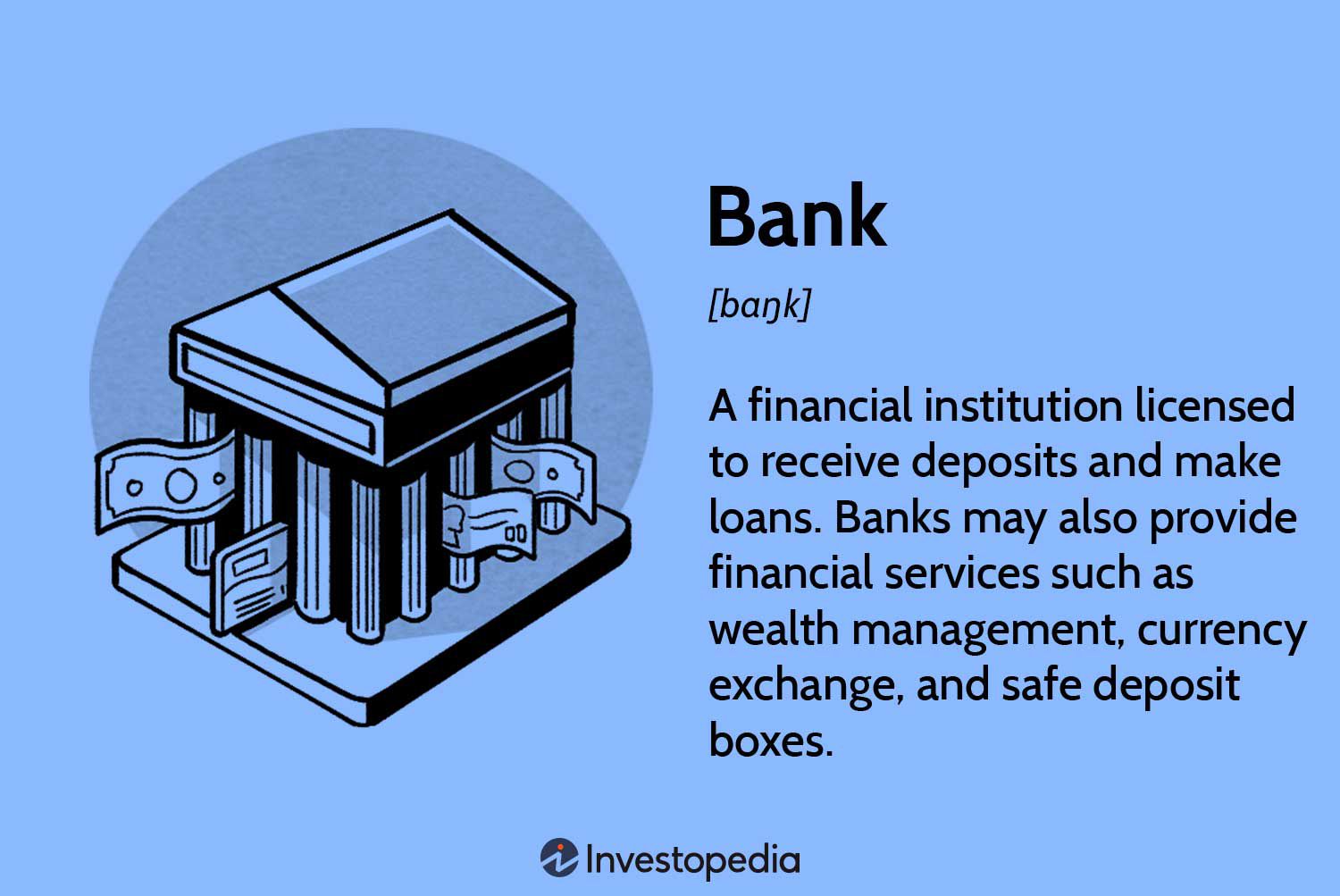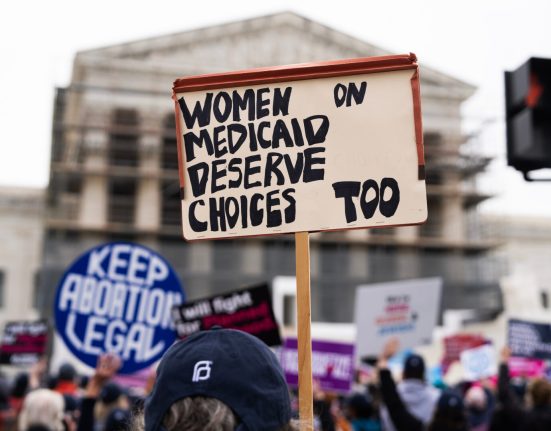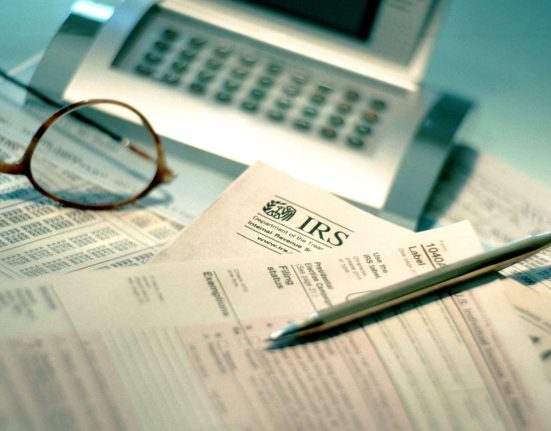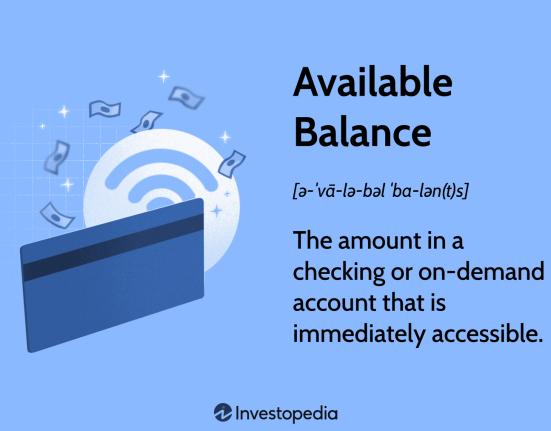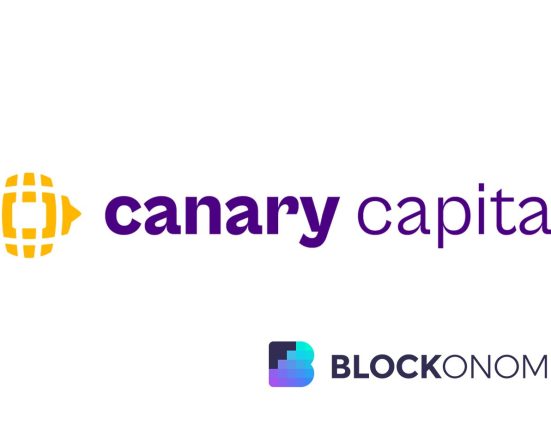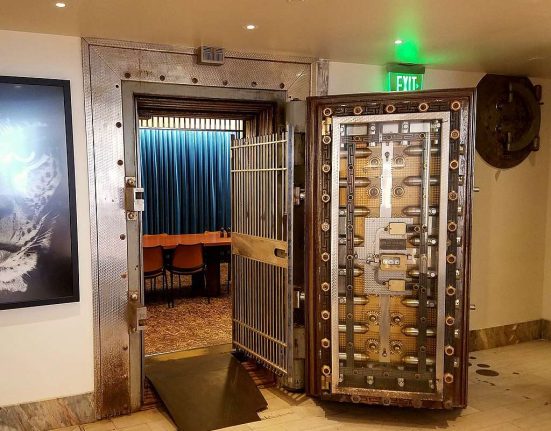What Is a Bank? Definition and Role in the Economy
Banks are financial institutions licensed to manage your deposits and extend loans, serving as both a secure place for your savings and a source for financing needs. They offer a variety of services, from individual retirement accounts (IRAs) and certificates of deposit (CDs) to currency exchange and safe deposit boxes. Consumers encounter different types of banks, like retail, commercial, and investment banks, each catering to specific financial needs. U.S. banks operate under the oversight of national and state regulatory bodies, ensuring alignment with financial regulations. Understanding how banks function, the types available, and their regulatory frameworks can guide you in choosing the best financial institution for your personal or business needs.
Key Takeaways
- A bank is a financial institution that provides services such as accepting deposits, making loans, and offering products like savings accounts and Certificates of Deposit (CDs).
- There are several types of banks, including retail banks for everyday consumer needs, commercial banks for business services, and investment banks for complex financial transactions.
- U.S. banks are regulated by both federal and state authorities, with protections like the FDIC insurance to ensure the safety of deposits up to $250,000.
- Consumers should weigh factors such as fees, convenience of locations or online banking, and the range of services offered when choosing a bank that suits their personal or business needs.
- Credit unions differ from banks as they are non-profit organizations managed by their members, often offering lower fees and higher interest rates on deposits but with a limited range of services.
The Role and Evolution of Banks
Banks have been around since the 14th century, offering a safe place to store money and providing loans for personal and business needs. In turn, the banks use the cash that is deposited to make loans and collect interest on them.
The basic business plan hasn’t changed much since the Medici family started dabbling in banking during the Renaissance, but the range of products that banks offer has grown.
Essential Banking Services and Products
Banks offer various ways to stash your cash and various ways to borrow money.
Checking Accounts
Checking accounts are deposits used by consumers and businesses to pay their bills and make cash withdrawals. They pay little or no interest and typically come with monthly fees, usage fees, or both.
Most consumers today have their paychecks and regular payments directly deposited into these accounts.
Savings Accounts
Savings accounts pay interest to the depositor. Account holders can choose regular savings accounts for modest interest or CDs for higher interest, based on how long they plan to save. The CDs can earn interest for as little as a few months or as long as five years or more.
Note that the federal government insures checking, savings, and CDs for up to $250,000 through the Federal Deposit Insurance Corp. (FDIC).
Loan Services
Banks make loans to consumers and businesses. The cash that is deposited by their customers is lent out to other customers at a higher rate of interest than the depositor is paid.
This process keeps the economy running: Banks use deposited money for car loans, credit cards, mortgages, and business loans. The loan recipients spend the money they borrow, the bank earns interest on the loans, and the process keeps money moving through the system.
Just like any other business, the goal of a bank is to earn a profit for its owners. For most banks, the owners are their shareholders. Banks do this by charging more interest on the loans and other debt they issue to borrowers than they pay to people who use their savings vehicles.
For example, a bank may pay 1% interest on savings accounts and charge 6% interest for its mortgage loans, earning a gross profit of 5% for its owners.
Important
Banks make a profit by charging more interest for loans than they pay on savings accounts.
Comparing Brick-and-Mortar Vs. Online Banks
Banks range in size from small, community-based institutions to global commercial banks.
According to the FDIC, there were just under 4,000 FDIC-insured commercial banks in the United States as of 2024. This number includes national banks, state-chartered banks, commercial banks, and other financial institutions.
Traditional banks now offer both brick-and-mortar branch locations and online services. Online-only banks began emerging in the early 2010s.
Consumers choose a bank based on its interest rates, the fees it charges, and the convenience of its locations, among other factors.
Investopedia / Theresa Chiechi
Banking Regulations and Safety: How Your Money Is Protected
U.S. banks came under intense scrutiny after the global financial crisis of 2008. The regulatory environment for banks was tightened considerably as a result.
U.S. banks could be regulated at the state, national level, or both, depending on their structure. State departments handle state bank regulations. This agency is generally responsible for issues such as permitted practices, how much interest a bank can charge, and auditing and inspecting banks.
National banks are regulated by the Office of the Comptroller of the Currency (OCC). OCC regulations primarily cover bank capital levels, asset quality, and liquidity. As noted above, banks with FDIC insurance are also regulated by the FDIC.
The Dodd-Frank Wall Street Reform and Consumer Protection Act was passed in 2010 following the financial crisis with the intention of reducing risks in the U.S. financial system. Under this act, large banks now have to submit to regular tests that measure whether they have sufficient capital to continue operating under challenging economic conditions. This annual assessment is referred to as a stress test.
Types of Banks: Retail, Commercial, Investment, and More
Banks mostly fall into three categories: retail, commercial or corporate, and investment. Large global banks may have branches for each.
Retail Banks
Retail banks offer their services to the general public and usually have branch offices as well as main offices for the convenience of their customers.
They provide a range of services such as checking and savings accounts, loan and mortgage services, financing for automobiles, and short-term loans such as overdraft protection. Many also offer credit cards.
They also offer access to investments in CDs, mutual funds, and individual retirement accounts (IRAs). The larger retail banks also cater to high-net-worth individuals with specialty services such as private banking and wealth management services.
Examples of retail banks include TD Bank and Citibank.
Commercial or Corporate Banks
Commercial or corporate banks tailor their services to business clients, from small business owners to large corporate entities. Along with day-to-day business banking, these banks also offer credit services, cash management, commercial real estate services, employer services, and trade finance,
JPMorgan Chase and Bank of America are examples of commercial banks, though both have large retail banking divisions as well.
Investment Banks
Investment banks focus on providing corporate clients with complex services and financial transactions such as underwriting and assisting with merger and acquisition (M&A) activity. They are primarily financial intermediaries in these transactions.
Their clients include large corporations, other financial institutions, pension funds, governments, and hedge funds.
Morgan Stanley and Goldman Sachs are among the biggest U.S. investment banks.
Central Banks
Unlike the banks above, central banks do not deal directly with the public. A central bank is an independent institution authorized by a government to oversee the nation’s money supply and its monetary policy.
As such, central banks stabilize currency and the economy and regulate banks’ capital and reserve requirements.
The U.S. Federal Reserve Bank is the central bank of the U.S. The European Central Bank, the Bank of England, the Bank of Japan, the Swiss National Bank, and the People’s Bank of China are among its counterparts in other nations.
Understanding the Difference: Banks Vs. Credit Unions
Credit unions offer banking services but, unlike banks, they are not-for-profit institutions created for and managed by their members or customers. Credit unions provide routine banking services to their clients, who are generally called members.
Credit unions are created, owned, and operated by their clients, and are generally tax-exempt. Members purchase shares in the co-op, and that money is pooled together to fund the credit union’s loans.
They tend to provide a limited range of services compared to banks. They also have fewer locations and automated teller machines (ATMs).
How Do I Know My Money Is Safe in a Bank?
The Federal Deposit Insurance Corporation (FDIC) is an independent agency created by Congress to maintain stability and public confidence in the U.S. financial system. The FDIC supervises and examines banks to ensure that the money they handle is safe.
Moreover, it insures your money. The insurance maximum is $250,000 per depositor, per insured bank, for each account ownership category.
You don’t have to purchase this insurance. If you open a deposit in an FDIC-insured bank, you are automatically covered.
The agency’s BankFind site can help you identify FDIC-insured banks and branches.
Are Any Non-Bank Accounts Insured?
The mission of the Securities Investor Protection Corporation (SIPC) is to recover cash and securities in the event a member brokerage firm fails. SIPC is a nonprofit corporation that Congress created in 1970. SIPC protects the customers of all registered brokerage firms in the U.S. This applies to stocks and bonds (securities) and cash that a brokerage firm holds. Brokerage firms rarely fail or close suddenly, but if this occurs, the SIPC helps close the firm through liquidation and establishes claims processes by which it can protect the investor. SIPC protects your account for up to $500,000 in securities. This includes a limit of $250,000 in cash in your account. This link will show you a list of all registered SIPC members.
Should I Choose a Retail Bank, Credit Union, or Commercial Bank?
You should consider whether you want to keep both business and personal accounts at the same bank, or whether you want them at separate banks. A retail bank, which has basic banking services for customers, is the most appropriate for everyday banking. You can choose a traditional bank, which has a physical building, or an online bank if you don’t want or need to physically visit a bank branch. You might consider a credit union, which is a nonprofit institution and is available to serve the needs of people with a common employer, labor union, or professional interest.
What Other Factors Go Into Choosing a Bank?
Bank size is another consideration. Large retail banks are often well-known, big-name banks and have locations throughout the U.S., which is convenient if you travel often for work or vacation. You would have easier access to your funds when you’re away and may be able to avoid foreign ATM fees.
Otherwise, you might find that a smaller bank would offer more personalized customer service and the products you prefer. A community bank, for example, takes deposits and lends locally, which could offer a more personalized banking relationship.
Choose a convenient location if you are choosing a bank with a brick-and-mortar location. If you have a financial emergency, you don’t want to have to travel a long distance to get cash.
See if the bank you are choosing offers other services such as credit cards, loans, and safe deposit boxes. Some banks also offer smartphone apps, which can be useful.
Check the fees associated with the accounts you want to open. Banks charge interest on loans as well as monthly maintenance fees, overdraft fees, and wire transfer fees. Some large banks are moving to end overdraft fees in 2022, so that could be an important consideration.
The Bottom Line
At the very least, a bank is where you stash your cash until you use it to pay the bills or withdraw money. It can also be the place where you get a loan to buy a car or a mortgage to buy a house. If you’re running a small business, it may be where you go to borrow money to expand or improve.
Before choosing a bank, you should make a comparison of the various fees and charges that come with your accounts or any loans you might need. A bit of research and comparison will ensure you find the right fit for safeguarding your money, establishing credit, making payments, applying for loans, receiving funds, and saving money for future needs such as retirement, emergencies, and homebuying.

